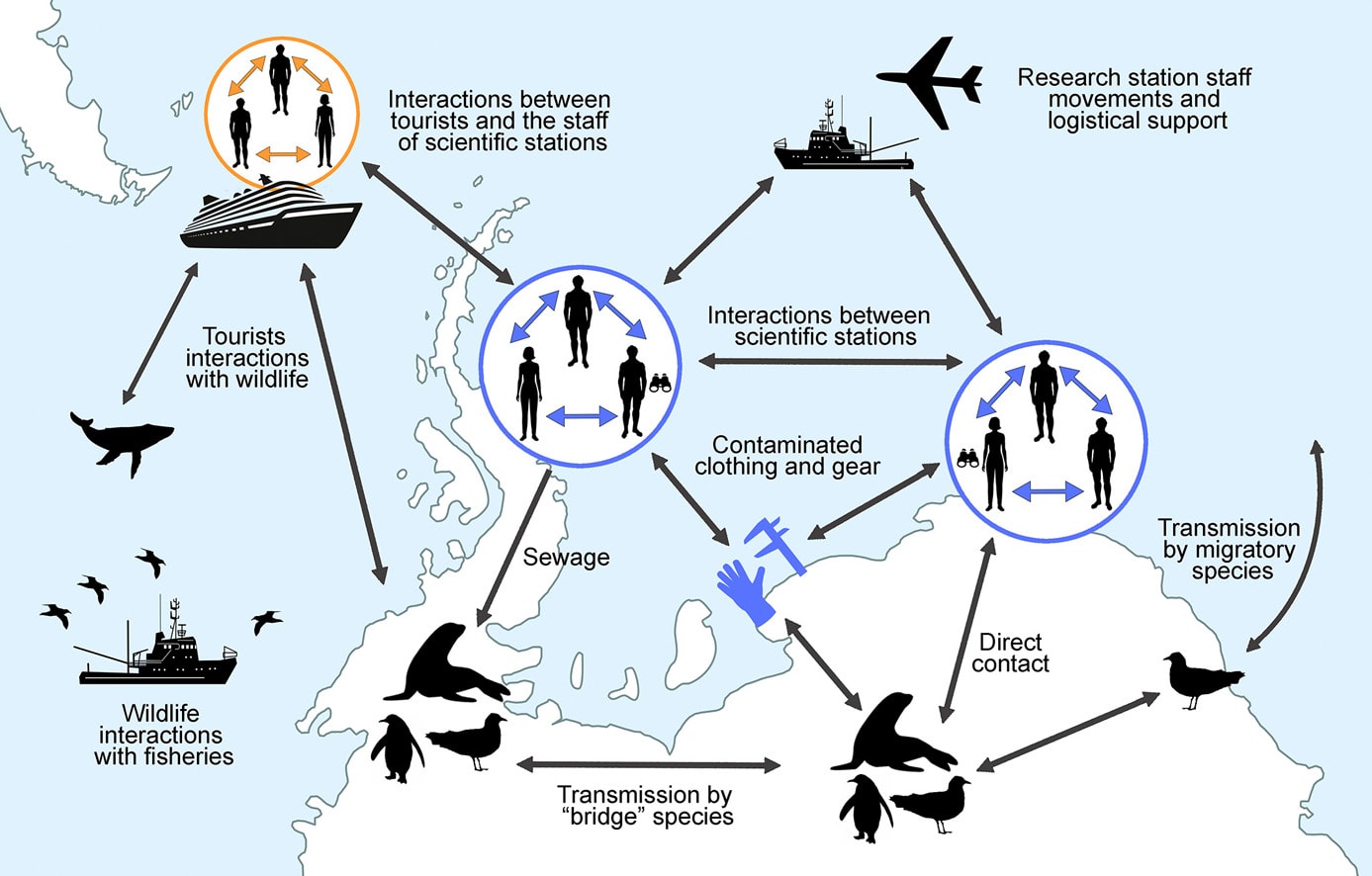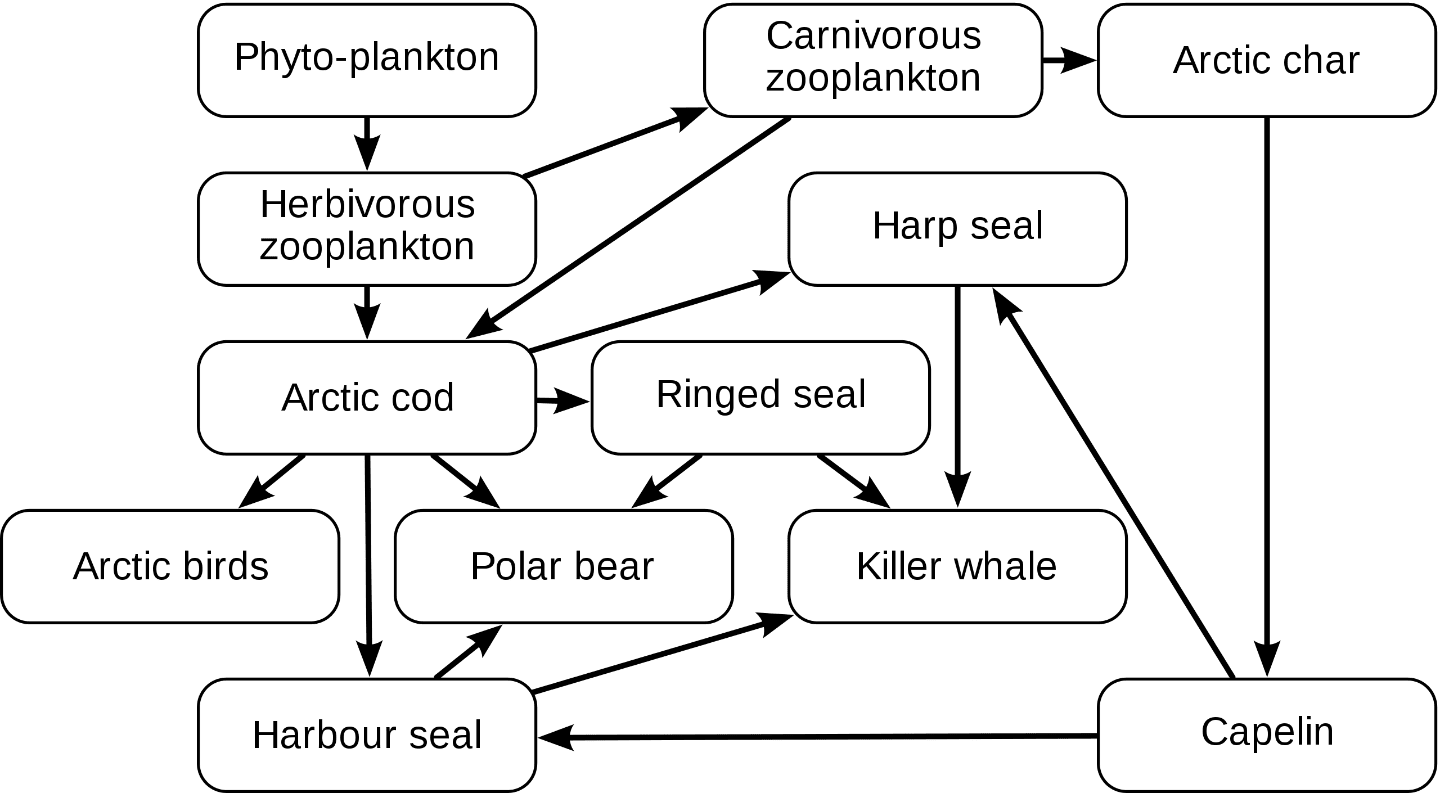
Antarctica Has Covid Cases Now--Could Researchers Spread Deadly Versions to Wildlife?
Well, this is straight out of a horror movie.
A paper came out last month about the potential for COVID-19 to become a reverse zoonosis in Antarctica, if the continent gets another outbreak like the one the Chilean military gifted to its research base personnel three months ago.
(For those of us alums who were still training for Scott base in 2007 at this time of year, trying to find ways for snowflakes not to melt on a microscope, this was both humorous and a bit scary. The Chilean team would DEFINITELY have gifted that stuff to our American and Kiwi research teams back then. Imagine how many dead folks might be interred into the snow of Scott base now, if marine biology students still knew how to party?)
(Luce-goose, do you remember the name of the doctoral student who was able trick the key fob to the supply cabinet into opening without a matching key due to the fact that the sun never sets in July? The "marble faun?" At the time we pretended that it was keeping us warm, but that supply would have never gotten CLOSE to lasting for another four months or even four weeks! If we'd had to stay over the polar winter, we would have been trying to ferment penguin egg-yolks.)
Anyway, the Chileans got through it with no parties and no spreading the virus, and this paper picks up from there:
Antarctica can be considered the only continent free of SARS-CoV-2. Therefore, concerns have been expressed regarding the potential human introduction of this virus to the continent through the activities of research or tourism to minimise the effects on human health, and the potential for virus transmission to Antarctic wildlife. We assess the reverse-zoonotic transmission risk to Antarctic wildlife by considering the available information on host susceptibility, dynamics of the infection in humans, and contact interactions between humans and Antarctic wildlife. The environmental conditions in Antarctica seem to be favourable for the virus stability. Indoor spaces such as those at research stations, research vessels or tourist cruise ships could allow for more transmission among humans and depending on their movements between different locations the virus could be spread across the continent. Among Antarctic wildlife previous in silico analyses suggested that cetaceans are at greater risk of infection whereas seals and birds appear to be at a low infection risk. However, caution needed until further research is carried out and consequently, the precautionary principle should be applied. Field researchers handling animals are identified as the human group posing the highest risk of transmission to animals while tourists and other personnel pose a significant risk only when in close proximity (< 5 m) to Antarctic fauna. We highlight measures to reduce the risk as well as identify of knowledge gaps related to this issue.
It basically sounds like the South Pole is going to be fine, in large part because even though human tourists are dumb enough to try and hug cetaceans, they're usually too smart to just sit there and take it, unless they're locked up at an "aquarium" show and can't get away (though sometimes they still get their point across. But unfortunately it's not the tourists who are the big problem here.
Sally, could you imagine if the Chilean military was infecting researchers there? OMG, the circle of life would become the circle of SPICE, Dune-style:

P.S. OOPS! The title of the paper is:
"Risk assessment of SARS-CoV-2 in Antarctic wildlife"
P.P.S. I wonder if maybe Jon Carpenter's The Thing might be a metaphor for alcoholism? And the reason the Thing smashed into the blood bank and took all the blood was NOT that he wanted to add the organic mass to his whole deal, but rather that he was just DYING for a drink and the blood was the only liquid left to try and ferment.